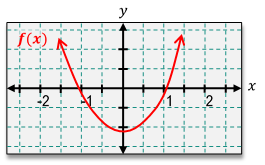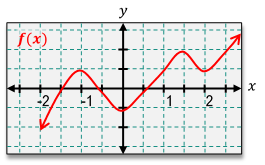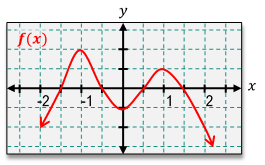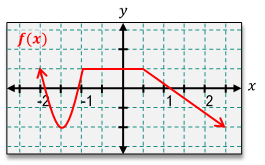Understanding the relationship between a function and its derivative is crucial in calculus, particularly when analyzing the behavior of graphs. The derivative of a function, denoted as \( f'(x) \), represents the slope of the tangent line to the graph of the function \( f(x) \) at any given point. This means that if the function is increasing, the derivative is positive; if the function is decreasing, the derivative is negative; and if the function is flat (horizontal), the derivative is zero.
To sketch the derivative based on the graph of a function, one can follow a systematic approach. First, observe the behavior of the function as you move along the x-axis. For example, if you consider an interval where the function is increasing, the corresponding derivative will be above the x-axis, indicating positive values. Conversely, in intervals where the function is decreasing, the derivative will be below the x-axis, indicating negative values.
At points where the function has a horizontal tangent line, the derivative will equal zero. These points are critical as they represent local maxima or minima in the function. For instance, if a function has a peak or valley, the derivative will touch the x-axis at those points.
To illustrate this process, consider a function that increases from negative infinity to a certain point, then decreases, and finally increases again. The derivative can be sketched by marking the points where the derivative is zero (the peaks and valleys) and determining the intervals of positivity and negativity. For example, if the function increases from negative infinity to a point, the derivative will be positive in that interval. If it then decreases, the derivative will be negative until it reaches another point where it flattens out, indicating a zero derivative.
In summary, the key to sketching the derivative of a function lies in understanding the function's behavior across its domain. By identifying where the function is increasing, decreasing, or flat, one can effectively represent the derivative graphically. This method not only simplifies the process but also reinforces the fundamental concepts of calculus regarding the relationship between a function and its derivative.







